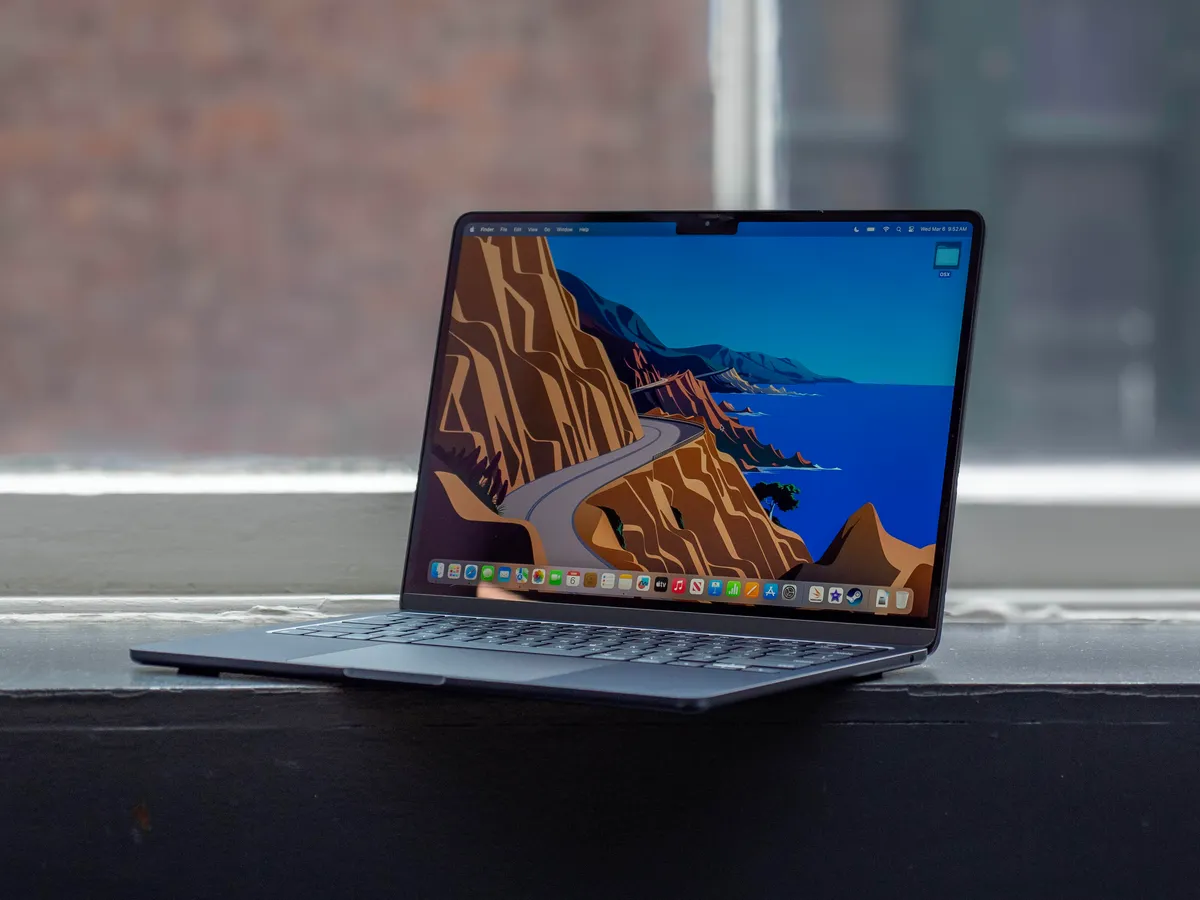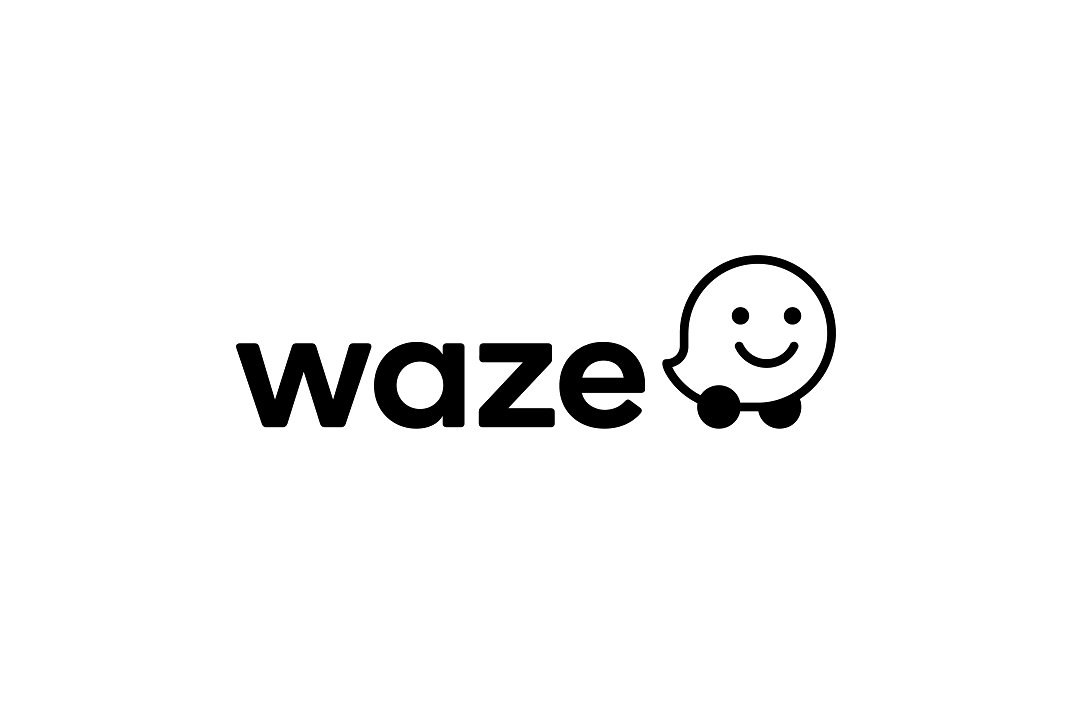Apple’s next big software update, iOS 19, is coming soon, and it looks like it will support a lot of older iPhones. According to rumors, any iPhone that can run iOS 18 will also work with iOS 19. This means models like the iPhone XR, XS, and XS Max from 2018, plus newer ones, should be fine.
That’s great news for people who don’t want to buy a new phone just to get the latest features. Apple will likely show off iOS 19 in June 2025 at its developer event, with the full release in September. Meanwhile, the iPhone 17 Air, expected later this year, is creating buzz for being super thin, possibly just 5.5mm thick.
This slim design could make it stylish and easy to carry. It might also have a decent battery life despite its size, thanks to smart engineering. However, there are downsides. The thin body might mean only one speaker, which could weaken sound quality. Also, it may skip super-fast 5G and stick to a slower version, which could disappoint some users.
So, iOS 19 promises to keep older phones alive, while the iPhone 17 Air offers a cool, thin look with some trade-offs. Fans are excited, but it’s worth thinking about what matters most—style or performance—before jumping in. What do you think about these updates?





